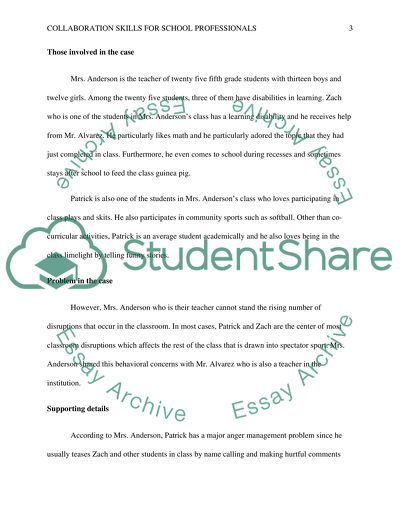Cite this document
(“Collaboration Skills for School Professionals Essay”, n.d.)
Collaboration Skills for School Professionals Essay. Retrieved from https://studentshare.org/education/1690477-collaboration-skills-for-school-professionals
Collaboration Skills for School Professionals Essay. Retrieved from https://studentshare.org/education/1690477-collaboration-skills-for-school-professionals
(Collaboration Skills for School Professionals Essay)
Collaboration Skills for School Professionals Essay. https://studentshare.org/education/1690477-collaboration-skills-for-school-professionals.
Collaboration Skills for School Professionals Essay. https://studentshare.org/education/1690477-collaboration-skills-for-school-professionals.
“Collaboration Skills for School Professionals Essay”, n.d. https://studentshare.org/education/1690477-collaboration-skills-for-school-professionals.


